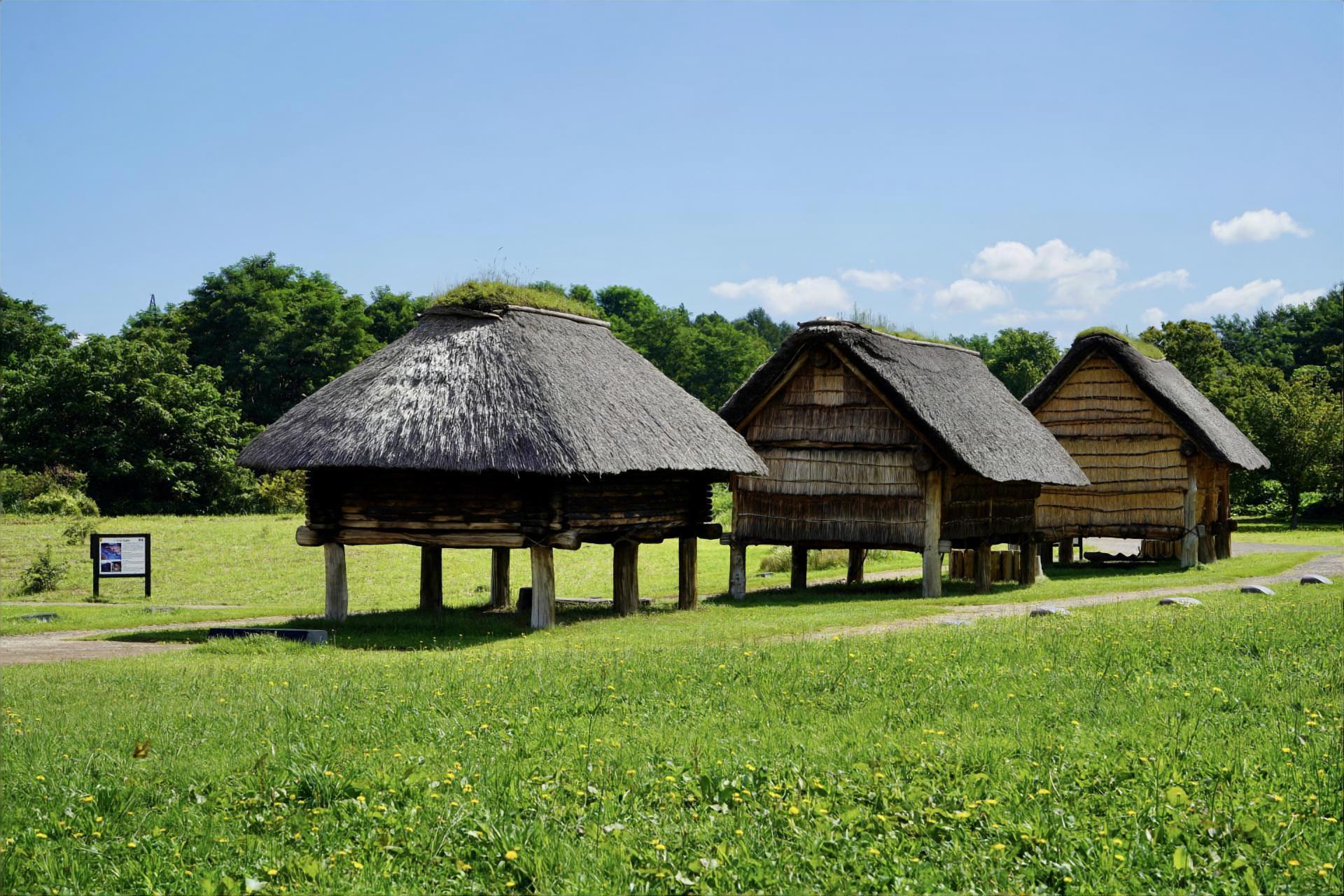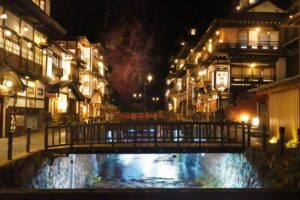Aomori Prefecture is a treasure trove of natural beauty, but it also holds a wealth of historical and cultural gems. One of the most fascinating historical sites in the region is the Sannai-Maruyama Archaeological Site. Situated near Aomori City, this sprawling complex is a testament to the ancient Jomon culture that once thrived in the area over 5,000 years ago. In this article, we’ll explore the Sannai-Maruyama Site’s history, its captivating discoveries, and how you, as a foreign tourist, can make the most of your visit to this remarkable window into Japan’s distant past
History of the Sannai-Maruyama Site
The Sannai-Maruyama Site was discovered in 1992 during construction work and has since become one of the most important archaeological sites in Japan. The site dates back to the Jomon period (14,000-300 BCE), a time when Japan was inhabited by hunter-gatherer communities. Excavations at Sannai-Maruyama have unveiled an incredible array of artifacts, including pottery, stone tools, and the remnants of ancient structures. These discoveries have provided invaluable insights into the daily lives, culture, and rituals of the Jomon people.
The most significant structures unearthed at the site are the large, longhouses and pit dwellings, which showcase the architectural ingenuity of the Jomon people. The site also features a number of large burial mounds, indicative of the social hierarchy and complex belief systems that existed in Jomon society.
Exploring the Sannai-Maruyama Site
The Sannai-Maruyama Site has been thoughtfully developed to provide visitors with a comprehensive understanding of the Jomon period and the site’s historical significance. The area is divided into several sections, including the archaeological site itself, a reconstruction area with life-sized replicas of ancient structures, and an exhibition hall showcasing the artifacts uncovered during the excavations.
Begin your exploration at the archaeological site, where you can see the original locations of the longhouses, pit dwellings, and burial mounds. Informative panels and detailed models provide context to the site’s layout and the people who once inhabited it.
Next, visit the reconstruction area, where you can step inside the large, longhouses and pit dwellings, offering a truly immersive experience of Jomon life. You’ll also find reconstructed raised-floor storehouses and six-pillared buildings, which are believed to have held spiritual significance.
The exhibition hall is a must-visit, housing an extensive collection of Jomon period artifacts, including pottery, stone tools, and jewelry. The hall also features interactive displays and informative videos that provide a deeper understanding of the Jomon people’s lifestyle, culture, and belief systems.
Practical Information and Tips for a Seamless Visit
- The site is open year-round, except for December 31 and January 1. Opening hours are 9 am to 5 pm, with last entry at 4:30 pm.
- Admission to the site is free, but there is a small fee for entering the exhibition hall (¥410 for adults and ¥200 for children).
- Wear comfortable shoes, as the site is extensive and requires a fair amount of walking.
- Allow at least 2-3 hours for a thorough exploration of the site and its various sections.
- English Language brochures and audio guides are available, making it easier for foreign tourists to understand the site’s history and significance.
- Nearby the Sannai-Maruyama Site, you can find the Aomori Museum of Art, which houses an impressive collection of modern and contemporary art. It’s a great place to visit after exploring the archaeological site, as it showcases the diverse cultural heritage of Aomori Prefecture.
- If you’re visiting the site during the colder months, dress appropriately, as Aomori experiences chilly weather and snowfall. The site remains open in winter, but some areas may be covered in snow, so take extra care when walking.
- The Sannai-Maruyama Site is an excellent destination for history buffs and anyone interested in Japan’s ancient past. However, even if you’re not a history enthusiast, the site’s beautiful setting and the opportunity to explore the reconstructed dwellings make for an enjoyable and memorable experience.
- Don’t forget to visit the site’s souvenir shop, where you can purchase unique mementos and gifts, such as Jomon-inspired pottery and handicrafts.
- Finally, make sure to sample the local cuisine while in Aomori. The prefecture is famous for its delicious apples, seafood, and other regional specialties. Many restaurants and food stalls can be found around Aomori City, providing the perfect opportunity to savor the flavors of the region.
In conclusion, the Sannai-Maruyama Site offers a fascinating glimpse into Japan’s ancient Jomon period and serves as an essential destination for anyone visiting Aomori Prefecture. The site’s rich history, engaging exhibits, and immersive reconstructed dwellings provide an unforgettable experience for foreign tourists looking to delve deeper into Japan’s cultural heritage.
Access to Sannai Maruyama Jomon Site
Train
- JR Ou Line: Aomori Station (approximately 7km away from the site)
Bus
- From Aomori Station, take the JR Bus bound for Sannai-Maruyama Iseki (about 20 minutes) and get off at the Sannai-Maruyama Iseki bus stop.
Taxi
- A taxi ride from Aomori Station to the Sannai-Maruyama Site takes approximately 20 minutes, depending on traffic conditions.
Car
- If you are driving, the Sannai-Maruyama Site is about a 20-minute drive from Aomori Station via the National Route 7 and the Aomori Prefectural Route 306. Parking is available at the site.



